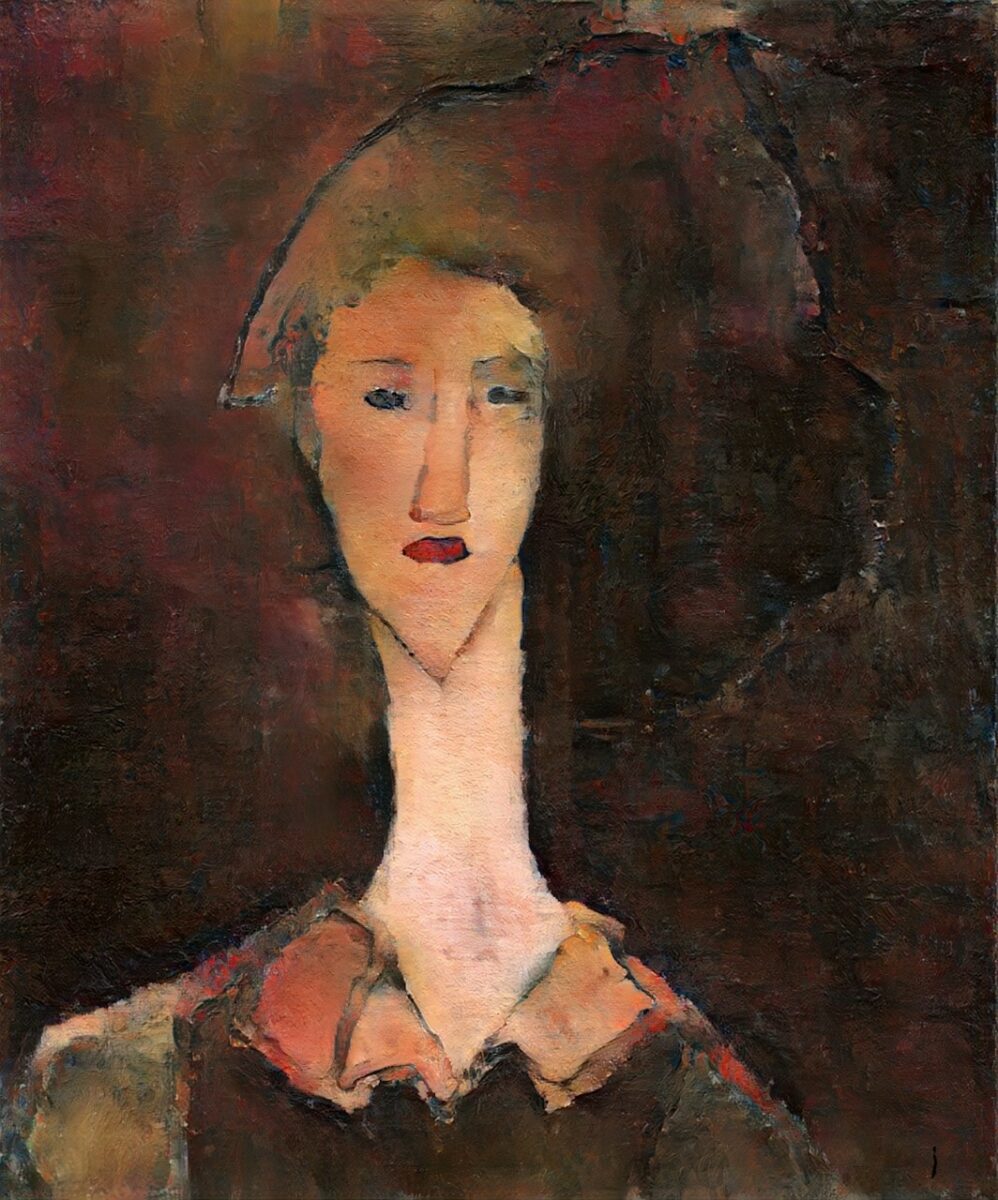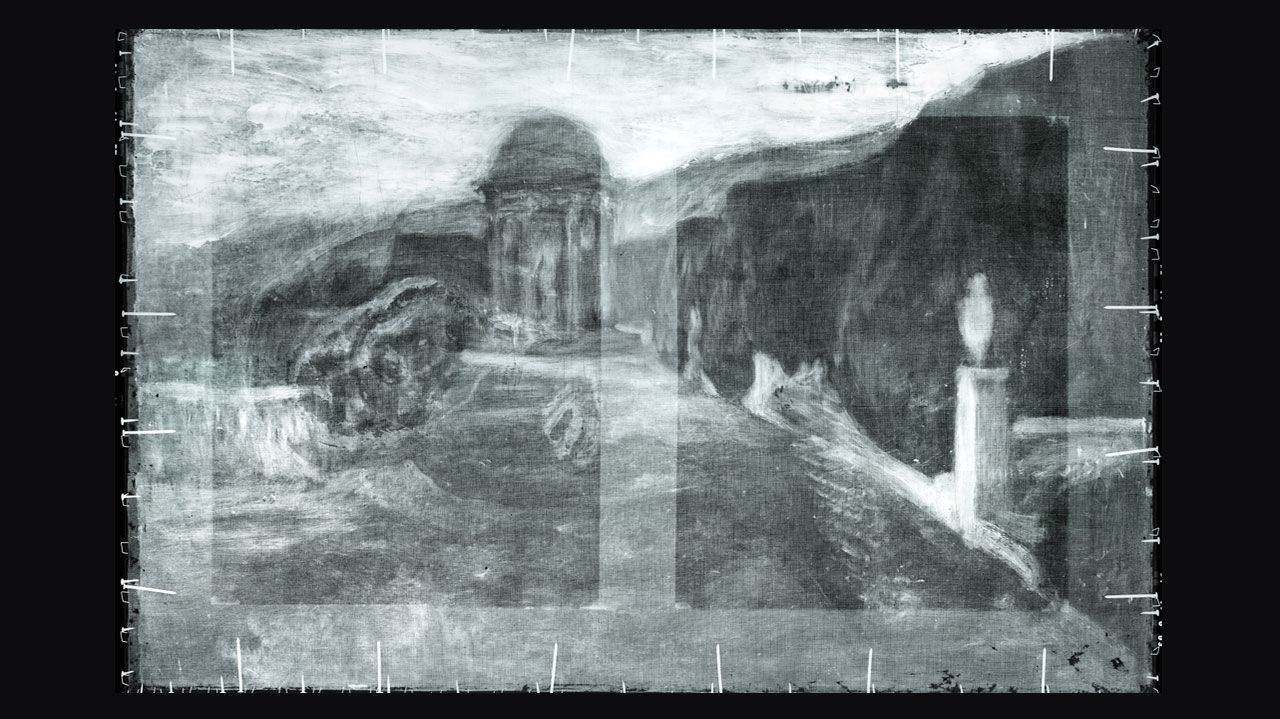
You see above a painting by Amedeo Modigliani, a portrait of the artist’s lover Beatrice Hastings, unseen by the public until its rediscovery just this year. Or at any rate, some see that: in another sense, the image is a new or almost-new artistic creation, based on X‑rays of Modigliani’s Portrait of a Girl. Underneath the paint that makes up that celebrated work lie traces enough to establish the presence of a different, earlier one beneath. But only now, after the employment of neural networks fed with enough of the artist’s acknowledged work to recognize and replicate his signature style, do we have a sense of what it could have looked like.
“Anthony Bourached and George Cann, both PhD candidates, are heading the ‘NeoMasters’ project through a company called Oxia Palus,” writes The Guardian’s Dalya Alberge. “They have ambitious plans to rediscover further hidden paintings on canvases that were reused by artists, who were perhaps too impoverished to buy supplies or dissatisfied with initial compositions.”
Modigliani was certainly impecunious enough to have done so more than once, and his relationship with Hastings — a long affair that was volatile even by the standards of the early 20th-century Parisian bohemia they inhabited — did provide material for other portraits.
Specialists, respectively, in neuroscience and the surface of Mars (their company’s name refers to a region of that planet), Bourached and Cann have proven enterprising in this art-oriented endeavor. “A 3D-printed physical rendering of their creation, complete with computer-simulated ‘brushstrokes’ and texture, will soon go on display at London’s Lebenson Gallery as part of the duo’s ‘NeoMasters’ project,” writes Nora McGreevy at Smithsonian.com. Earlier this year, McGreevy also covered Oxia Palus’ digitally assisted recovery of a Barcelona landscape possibly painted by the Spanish poet, playwright, and artist Santiago Rusiñol — before it was painted over by Pablo Picasso.

This discovery actually goes back to 1992, when conservators first determined the existence of another image beneath Picasso’s little-known La Miséreuse accroupie, or The Crouching Beggar. “Researchers suspect that Picasso used the mountains in Rusiñol’s landscape to shape the contours of his female subject’s back,” writes McGreevy. “A 2018 X‑ray of that lesser-known work by the Art Gallery of Toronto provided Oxia Palus what they needed to start work on their A.I.-assisted recreation. Not only did Bourached and Cann 3D print 100 physical copies of the final product, they linked each one to a unique non-fungible token (NFT), the new kind of digital artifact that has become something of a craze in the art world — surely an unimaginable afterlife for these images Modigliani and Picasso must have assumed they’d obliterated for good.
Related Content:
Original Portrait of the Mona Lisa Found Beneath the Paint Layers of da Vinci’s Masterpiece
Short Film Takes You Inside the Recovery of Andy Warhol’s Lost Computer Art
A 10 Billion Pixel Scan of Vermeer’s Masterpiece Girl with a Pearl Earring: Explore It Online
Based in Seoul, Colin Marshall writes and broadcasts on cities, language, and culture. His projects include the Substack newsletter Books on Cities, the book The Stateless City: a Walk through 21st-Century Los Angeles and the video series The City in Cinema. Follow him on Twitter at @colinmarshall or on Facebook.


Leave a Reply